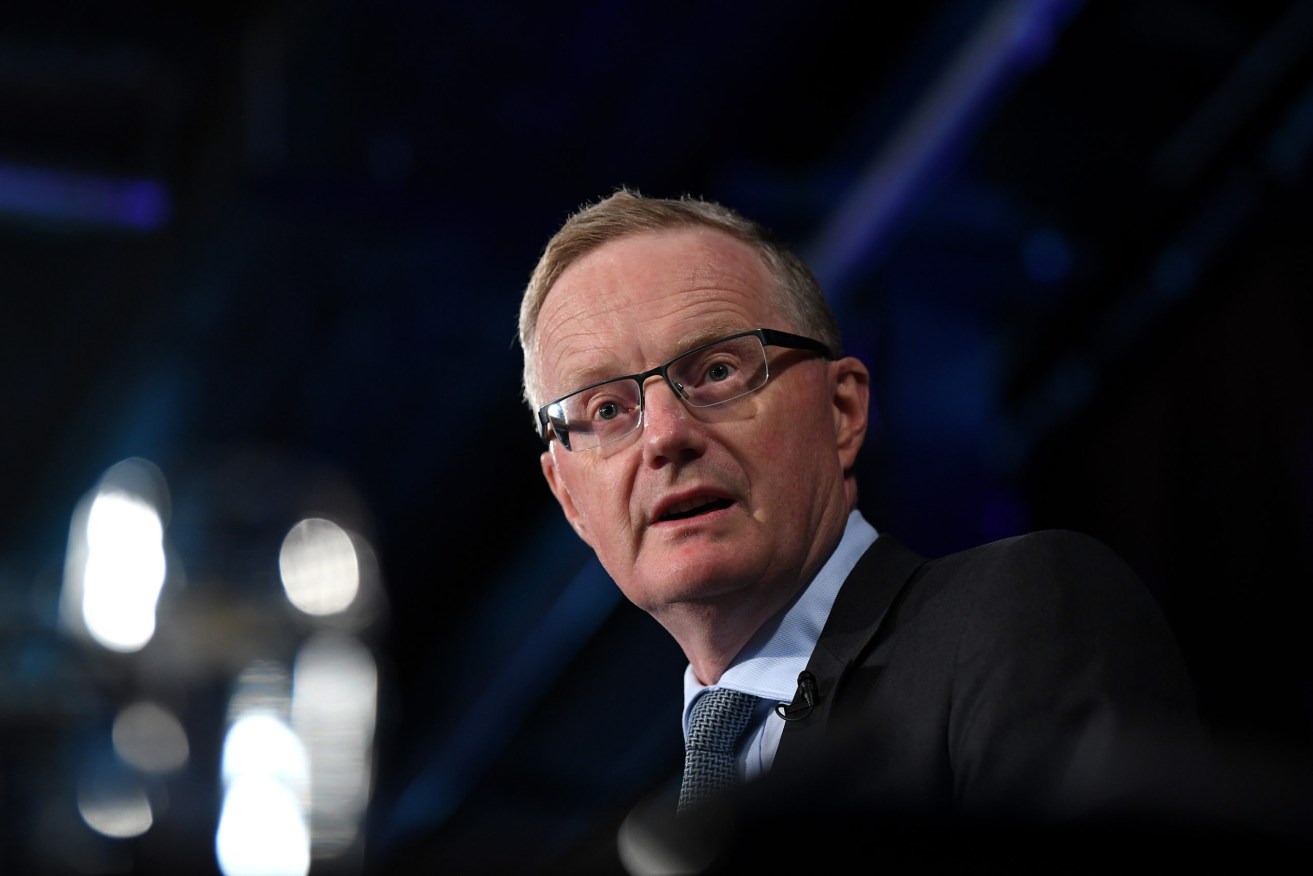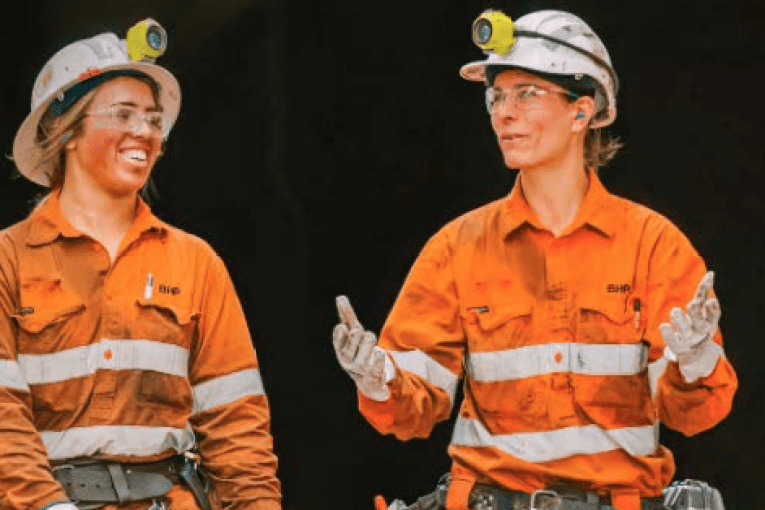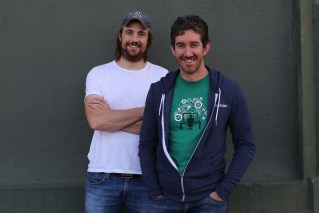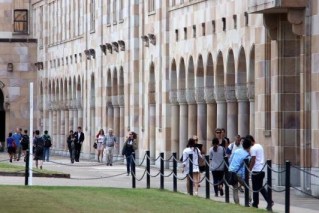Brisbane RBA meeting tipped as crucial for national economic policy
The upcoming Brisbane meeting of the Reserve Bank board will determine if it will continue with its dramatic but so far successful policy switch to pumping the economy with cash.


Reserve Bank Governor Philip Lowe. (Photo: AAP Image/Joel Carrett)
RBA governor Philip Lowe has pinpointed the Brisbane meeting in July for crucial decisions relating to quantitative easing which Morgans economist Michael Knox said was now the crucial and central part of monetary policy.
Those decisions were the target for the three-year yield and the long-term yield.
“What that means is: are they going to keep that (three-year) program and keep it rolling on,” Know said.
“My guess is he will be providing a discussion about why it is necessary to continue both of those.”
Since the pandemic took hold of global economies the RBA has been buying up government debt under the policy, which is more simply defined as manipulating interest rates. In this case the RBA has been buying $100 billion in government bonds.
It allows interest rates to stay low and has been a central plank of the way the RBA has dealt with the pandemic.
The board has set it will make a decision at the Brisbane meeting on how it will continue with the strategy in a decision Knox said would be pivotal.
“This decision is about what we have come to know as quantitative easing. They have been providing the banks with funds which has been fantastic because we have not been importing money from the US capital markets,” Knox told In Queensland.
“It’s been good. Banks have been providing money and we don’t have to borrow $1 from the US and that has generated a lending boom which has, in turn, generated an increase in housing and a surge in employment.
“They are trying to keep the Aussie dollar down by keeping the yield down on long bonds because the currency is really determined by the difference between our long term bond yields and the US long term bond yields.
“The longer we can keep those yields down and close to the US the longer we can keep the Aussie dollar from blowing out.
“That’s the crucial and central part of monetary policy now when you have interest rates at zero.”
The RBA has said it was unlikely to lift interest rates until it has seen a return in wage growth and inflation.
Following the board meeting Lowe will also be speaking at the Economic Society of Australia lunch.
Meanwhile, on the eve of the federal budget, more evidence has emerged of surging business and investor confidence.
The influential National Australia Bank monthly business survey showed confidence jumped nine points to a record 26 index points in April.
Conditions also rose eight points to 32 index points, surpassing the record peak seen in March.
“The April survey result is simply stunning,” NAB chief economist Alan Oster said.
All components of the conditions index – trading, profitability and employment – set new highs, while the strength of confidence points to ongoing strength in conditions in the near term.
“It looks like we have moved past the rebound phase of the recovery and are now seeing healthy growth in most of the economy,” Oster said.
Demand for workers remains strong, further suggesting the impact from the end of key support measures put in place during the pandemic will be limited.
Both the JobKeeper wage subsidy scheme and JobSeeker coronavirus supplements ended in March.
The National Skills Commission’s preliminary vacancy report for April showed job advertisements posted on the internet rose by a further 3.3 per cent.
-with AAP












